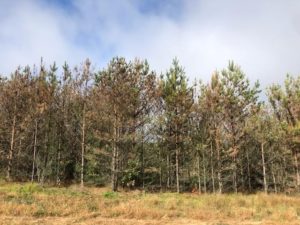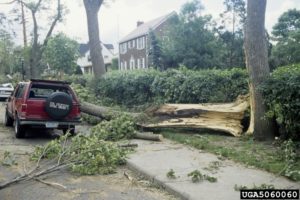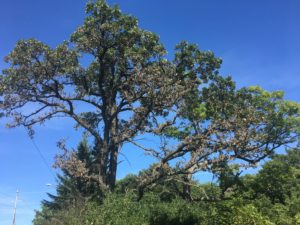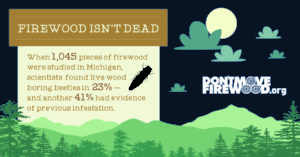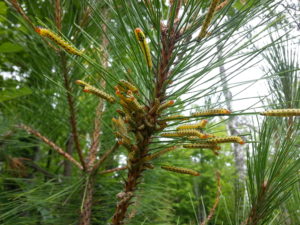Forest health staff recently produced a map that highlights a gradient of damage from southeastern to northwestern Wisconsin, which roughly corresponds to the length of time EAB has been present in these parts of the state. Whatever the level of damage, homeowners and landowners should consider treating healthy ash, including trees that have responded well to previous treatments, or removing declining, untreated ash before they become hazardous and even more costly to remove.

County-level assessment of damage to ash population by emerald ash borer, 2019.


